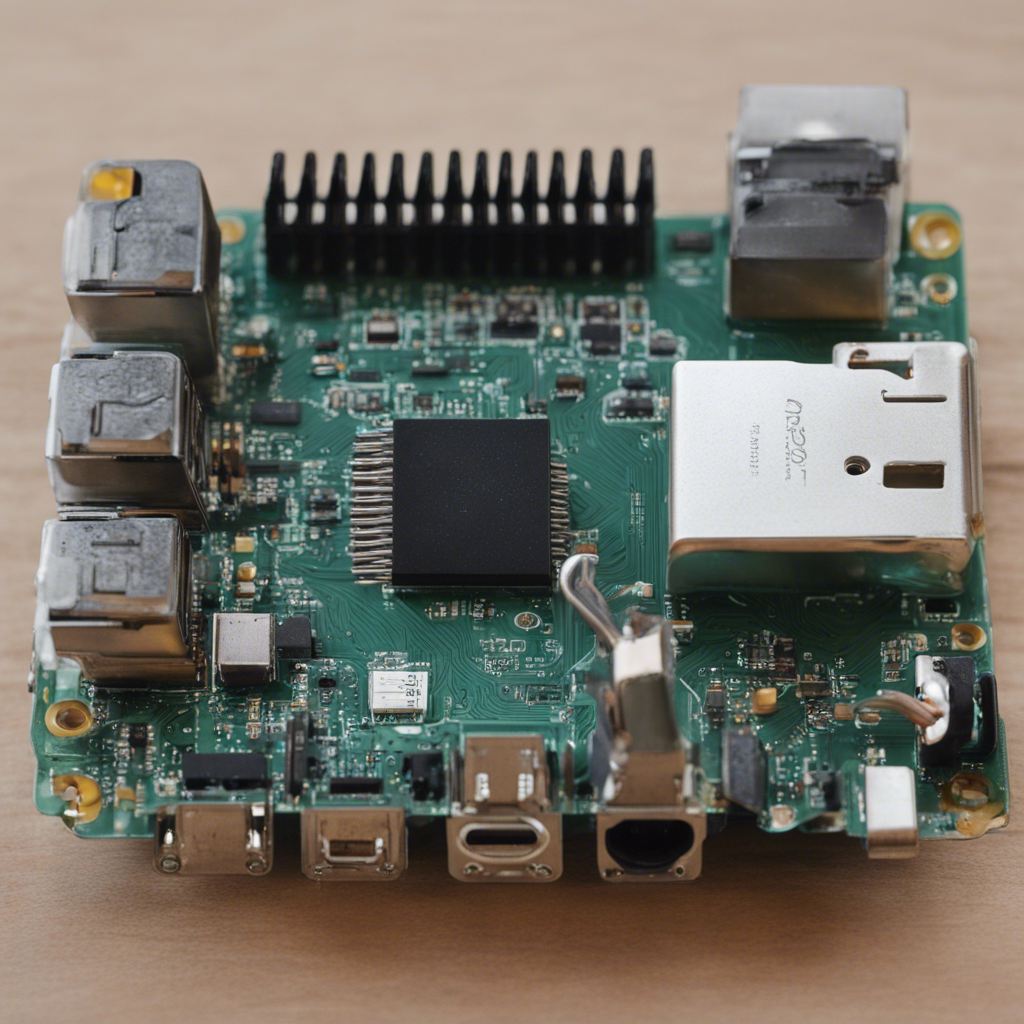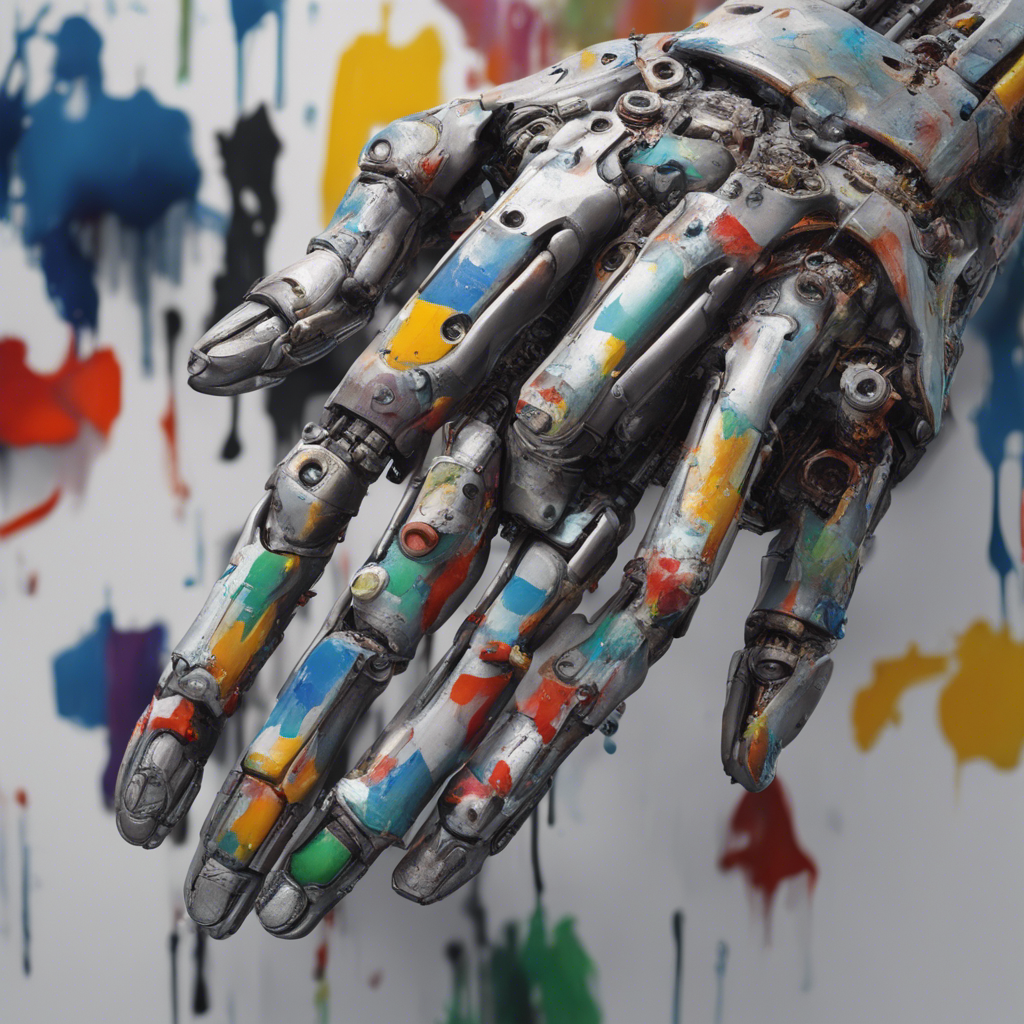
What’s Next for Chatbots: The Future of Conversational AI
The rise of chatbots has revolutionized the way businesses interact with their customers. These virtual assistants powered by artificial intelligence (AI) have become increasingly popular in recent years, and their capabilities continue to evolve and improve. In this blog post, we will explore the exciting advancements in chatbot technology and discuss what the future holds for conversational AI.
The Current State of Chatbots
Before we delve into the future of chatbots, let’s take a look at their current state. Chatbots are designed to mimic human conversations and assist users with various tasks, such as answering questions, providing information, and even completing transactions. They have already found applications in customer support, sales, and marketing, among other fields.
Chatbot technology has rapidly advanced, thanks to advancements in AI, natural language processing (NLP), and machine learning. These technologies allow chatbots to understand user input, interpret it correctly, and provide relevant responses. They can now handle complex queries, offer personalized recommendations, and even hold more engaging and coherent conversations.
The Future Possibilities
Chatbots have come a long way, but what does the future hold for these virtual assistants? Let’s explore several possibilities that could shape the future of conversational AI.
1. Enhanced Natural Language Understanding
As AI algorithms become more sophisticated, chatbots will continue to improve their ability to understand and interpret natural language. They will become better at comprehending complex queries, nuances, and sentiments. This will enable chatbots to provide more accurate and context-aware responses, resulting in a more human-like conversation.
2. Multilingual and Cross-Platform Capabilities
Chatbots are currently programmed to communicate in one language at a time. However, future advancements will allow chatbots to effortlessly switch between multiple languages, catering to global audiences. Additionally, chatbots will seamlessly integrate with different platforms like messaging apps, social media, and websites, ensuring a unified and consistent user experience across channels.
3. Contextual Understanding and Personalization
As chatbots become more adept at understanding context, they will be able to provide personalized and highly relevant recommendations to individual users. By analyzing user history, preferences, and behavior, chatbots will be able to deliver tailored suggestions, offers, and content. This level of personalization will result in a more engaging and customized user experience.
4. Improved Emotional Intelligence
Chatbots will also develop emotional intelligence, allowing them to recognize emotions and respond appropriately. This advancement will enable chatbots to empathize with users, handle sensitive situations more tactfully, and even provide emotional support. Emotional intelligence in chatbots will enhance the overall user experience and build stronger connections between businesses and their customers.
5. Integration with Internet of Things (IoT)
The integration of chatbots with the Internet of Things (IoT) will open up new possibilities for automation and control. Chatbots will be able to interact with various connected devices, such as smart homes, wearable devices, and even autonomous vehicles. Users will have the convenience of controlling their environment and accessing information seamlessly through voice commands.
6. Voice-Enabled Conversations
Voice recognition technology is already widely used in virtual assistants like Apple’s Siri and Amazon’s Alexa. In the future, chatbots will also leverage voice-enabled conversations, allowing users to interact naturally through spoken language. This advancement will enhance accessibility and further streamline user interactions, making chatbots even more user-friendly.
Conclusion
The future of chatbots and conversational AI holds immense potential. With enhanced natural language understanding, multilingual capabilities, contextual understanding, improved emotional intelligence, integration with IoT, and voice-enabled conversations, chatbots will continue to redefine user experiences and transform the way businesses engage with their customers.
As technology continues to advance, the possibilities for chatbots are endless. Whether assisting customers, streamlining business processes, or providing personalized recommendations, chatbots have become an indispensable tool for businesses across various industries. So, buckle up and get ready to witness the exciting developments in chatbot technology as we move forward into the future of conversational AI.
References:
- A. Giret et al., “A Review of Chatbot Technology,” Mathematics, 2021.
- V. Pajuanco, “What Is the Future of Chatbots?” Forrester, 2021.
- I. Kravets, “Chatbots Trends for 2022,” Medium, 2021.
- L. Khanna, “Chatbot Trends for 2021-2022,” Designhill, 2021.
Note: This blog post is for informational purposes only and should not be taken as professional advice. The information presented here is based on current trends and predictions, and future advancements may differ.






